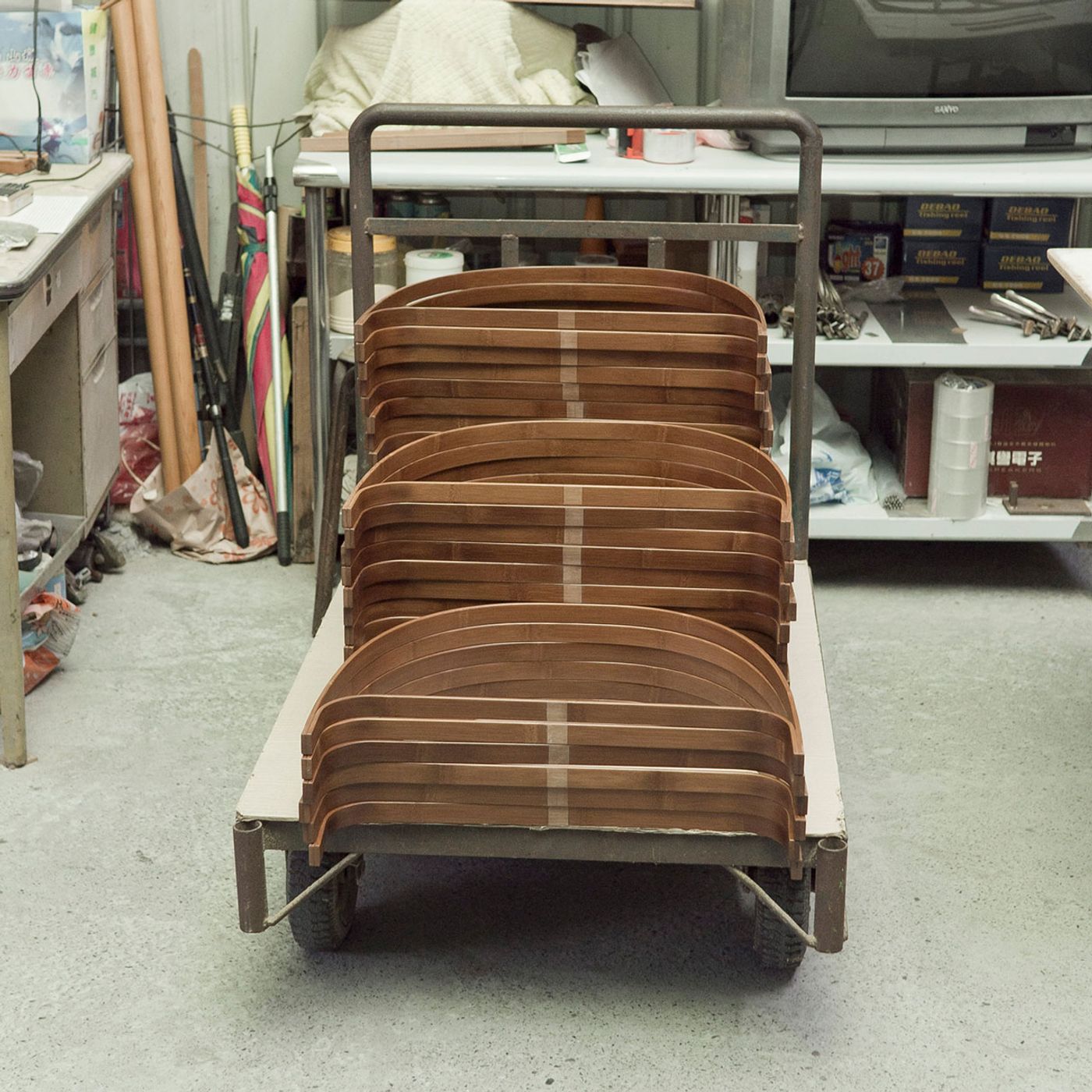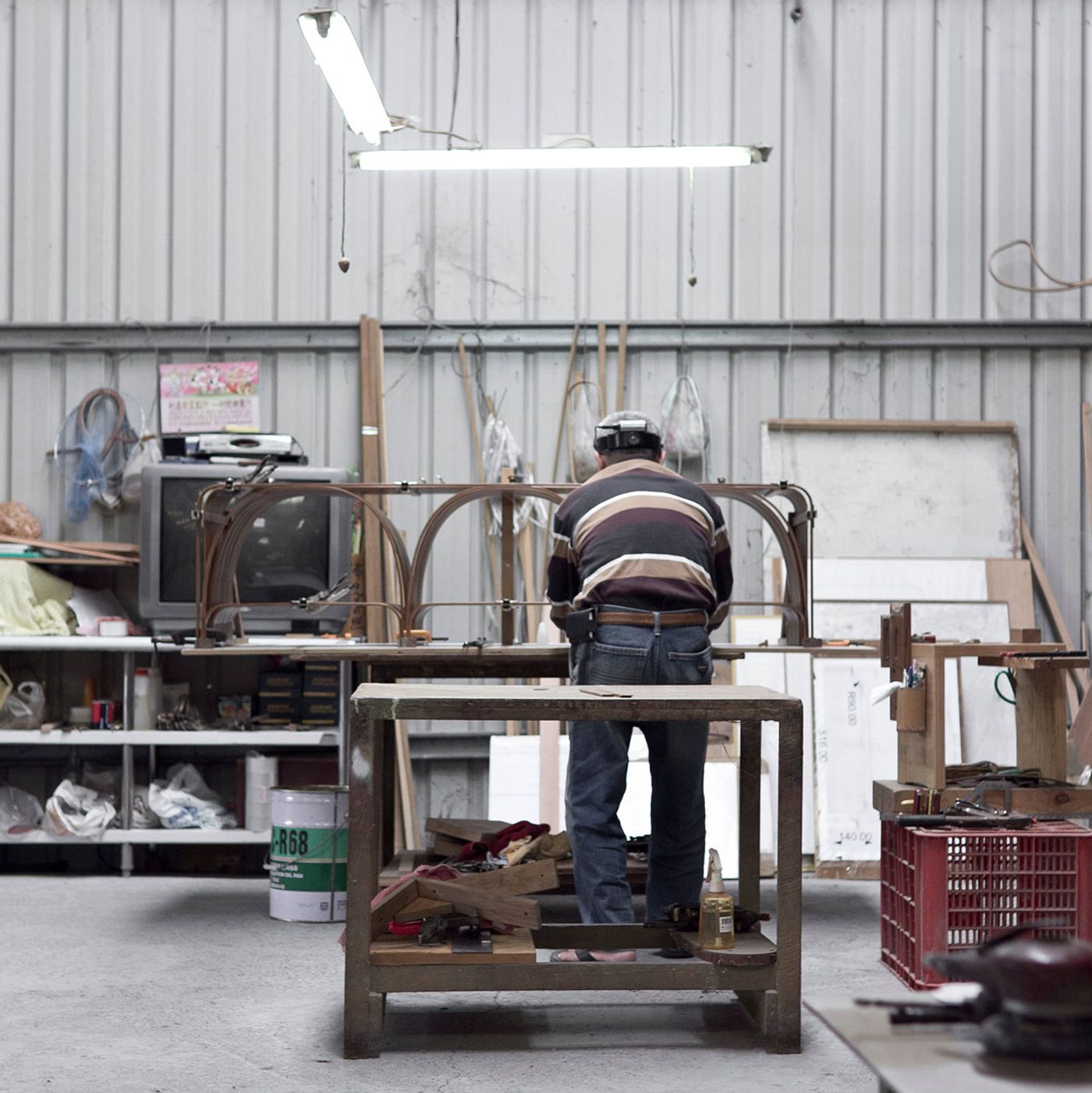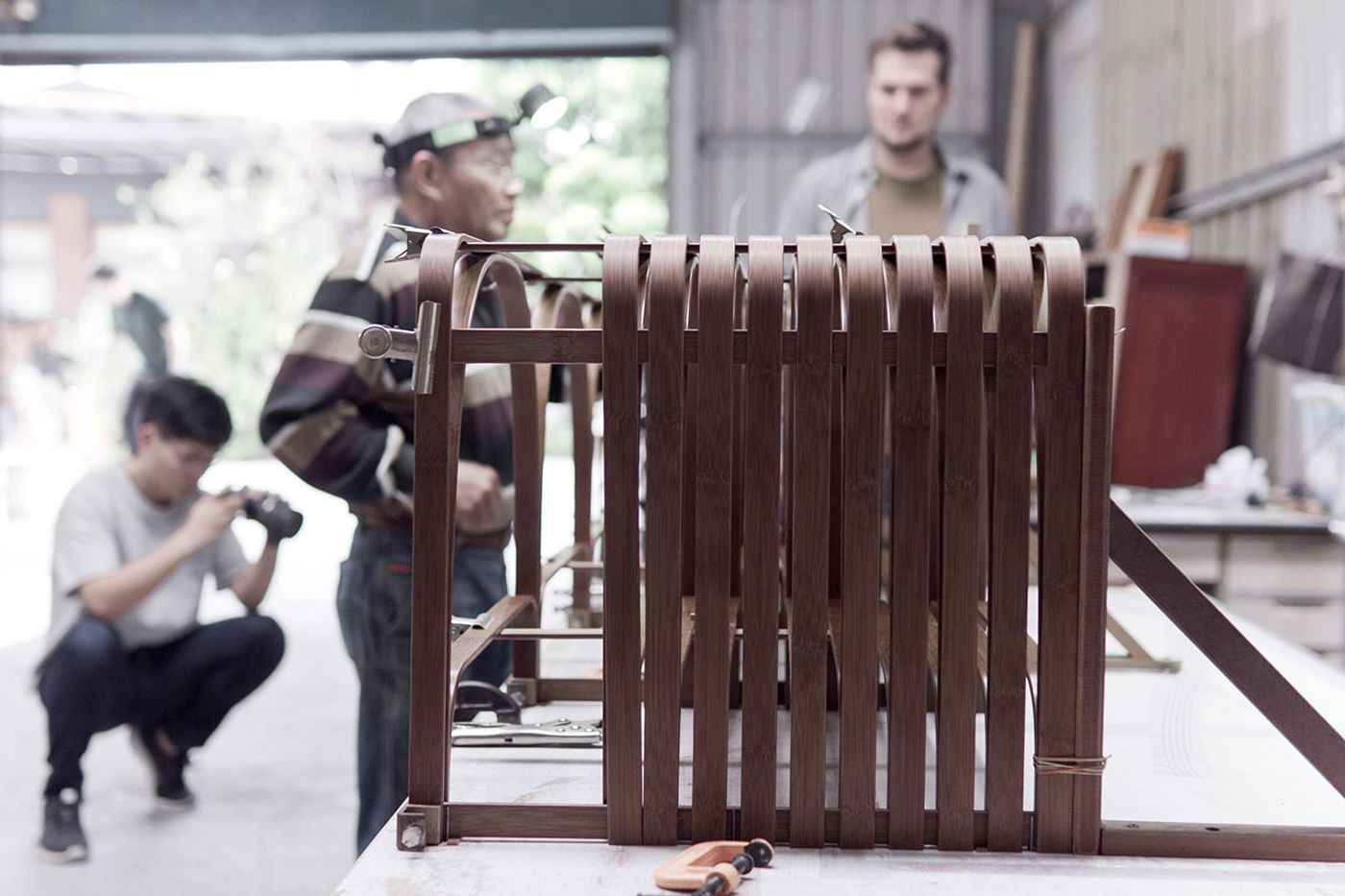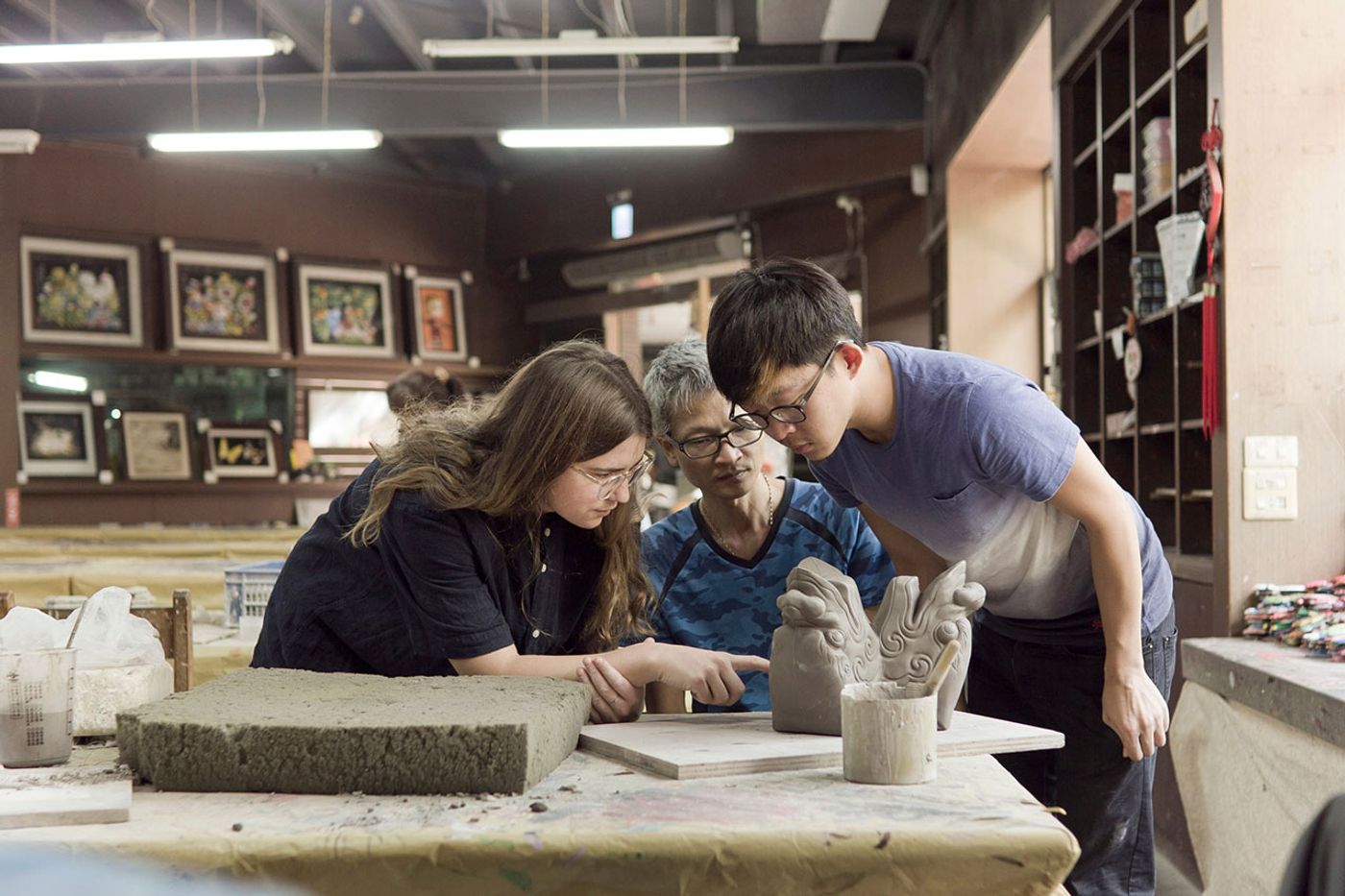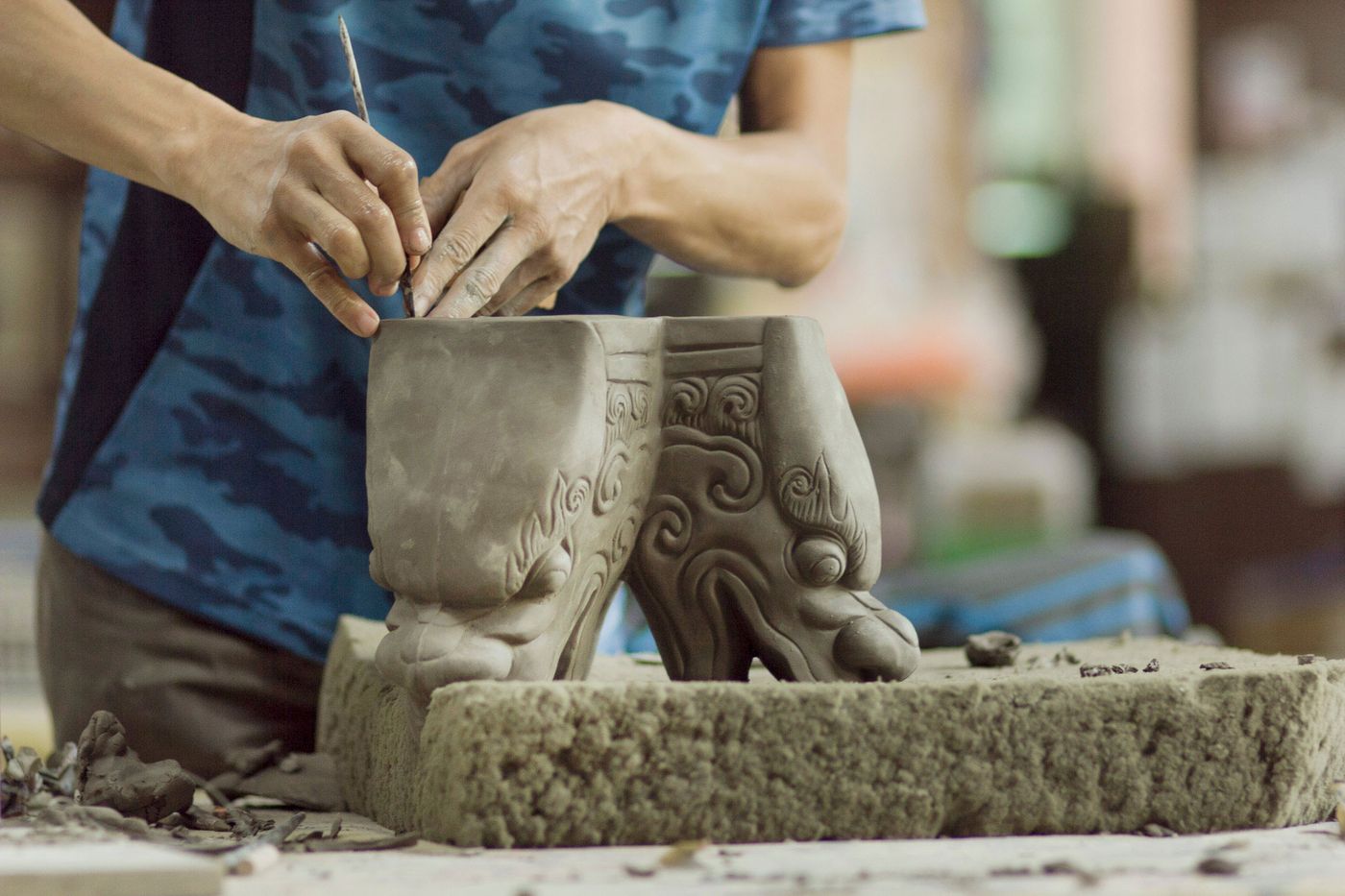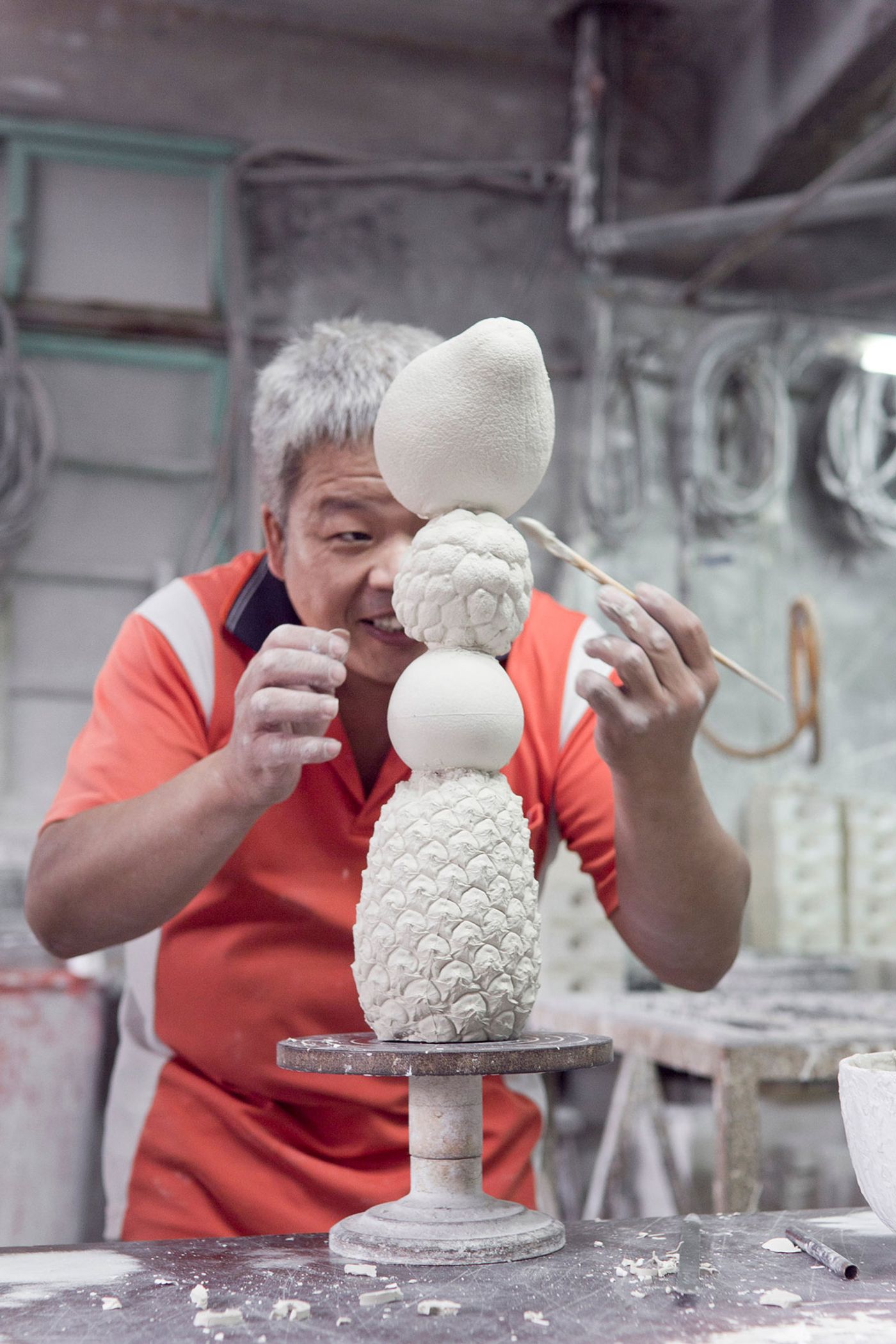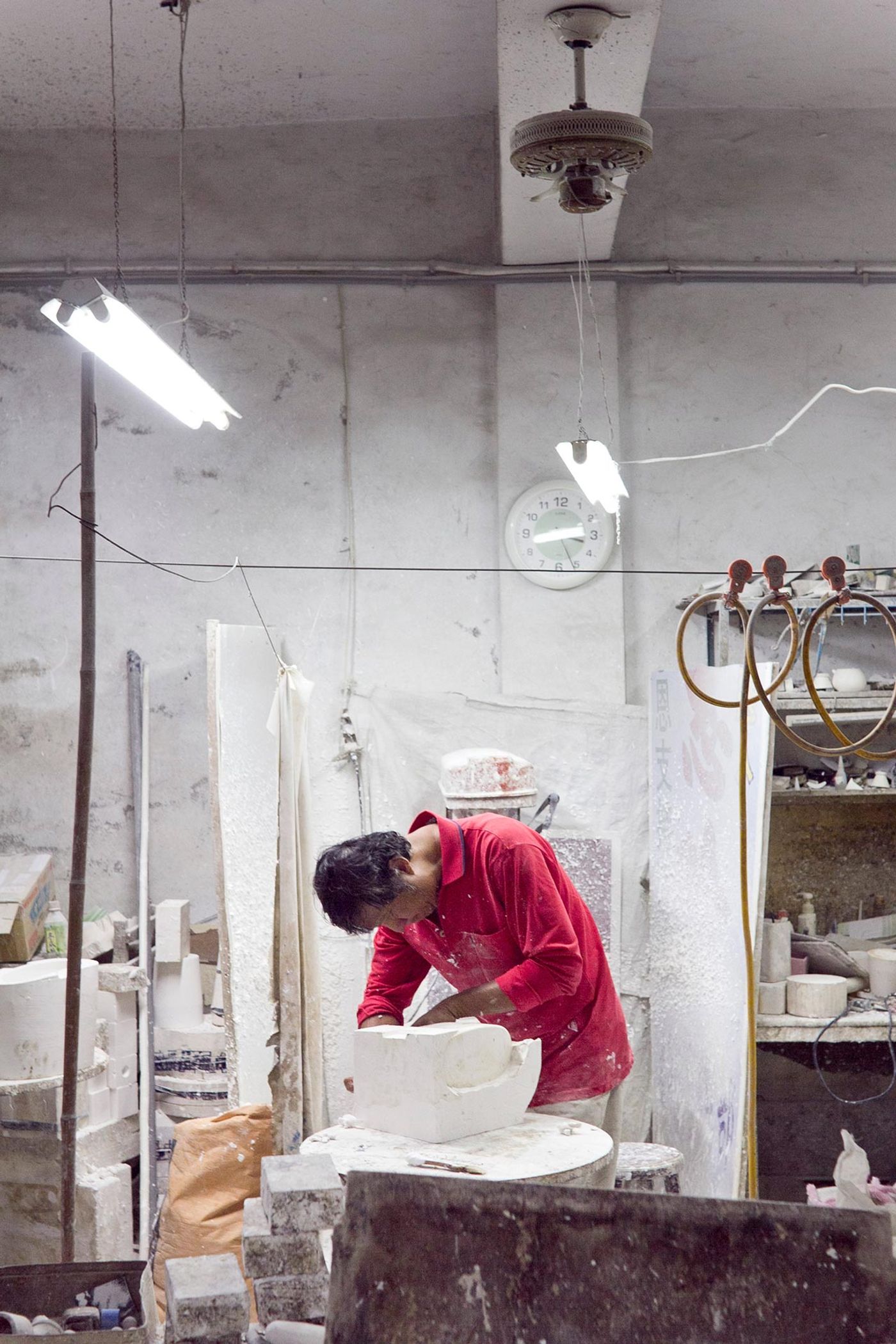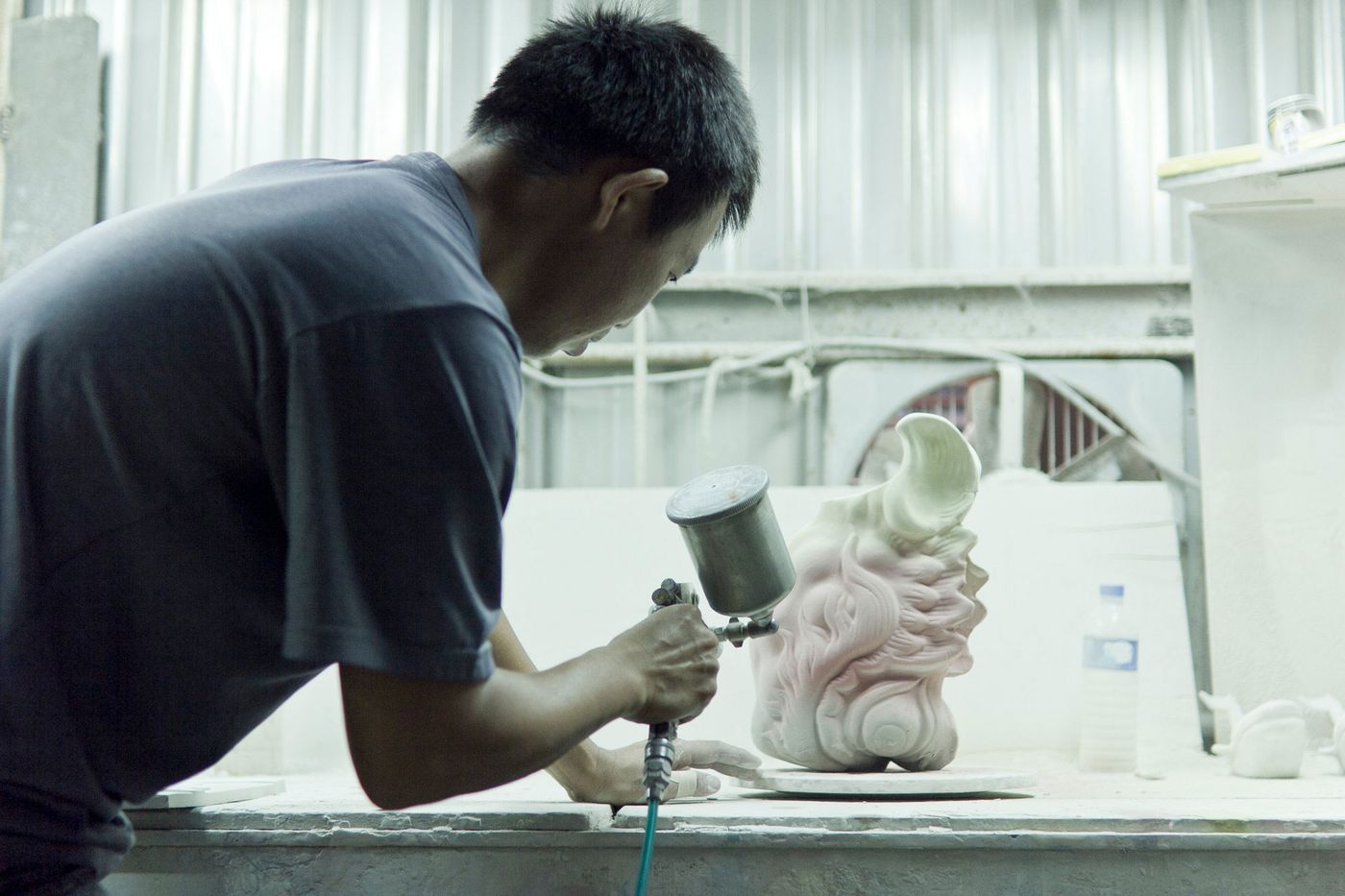
A New Layer: Contemporary Design Meets Taiwanese Craftsmanship
Words by Eric David
Location
Bolstered by growing trade routes, over the ages cultural cross-pollination has been a productive force in art and design, so it’s always welcome to see initiatives that explicitly foster a cross-cultural dialogue, especially if the aim is the design and development of new artefacts. Such is the nature of A New Layer, the National Taiwan Craft Research and Development Institute’s ongoing project and platform, which brings together international designers and local artisans in order to transform traditional Taiwanese products into contemporary design objects.
Orchestrated by Belgium-based curator Lise Coirier, the project’s second phase, "A New Layer II: Crafting Identities / Design Stories from Taiwan" which was unveiled on November 30th 2017 on the project’s website, has paired seven internationally based designers from France, Germany, Israel, Japan, South Korea, Sweden and Switzerland with some of the most talented craftsmen in Taiwan specializing in Koji pottery, bamboo bending, lacquer ware, ceramics and indigo dying. The result of these eclectic and intimate collaborations, which entailed the designers not only spending numerous weeks at the workshops of their creative partners developing their ideas but also travelling across the island for inspiration, is the development of six unique hand-made products combining high quality and refreshing originality.
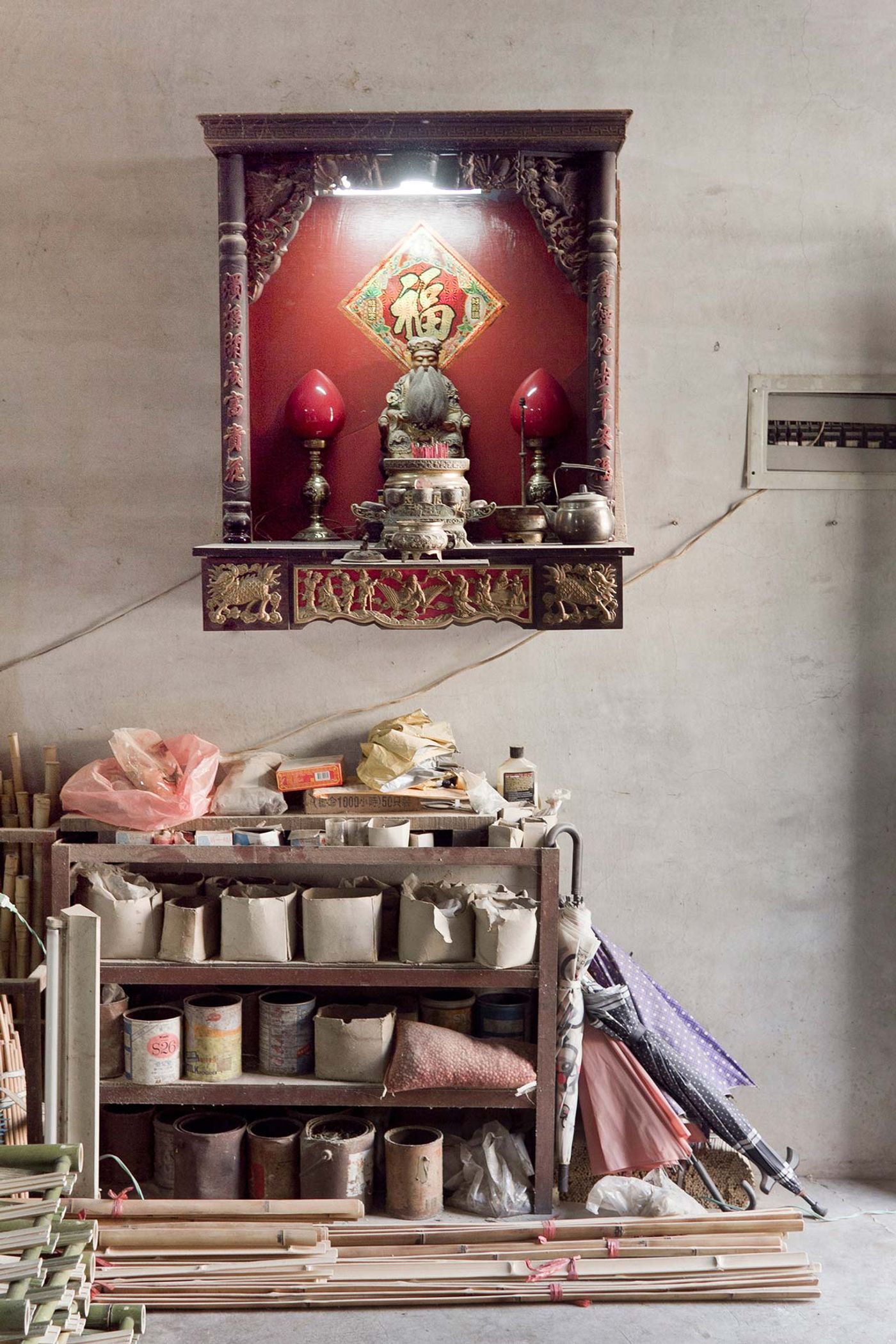
The Indigo-Dyed Bamboo Chair (making of), designed by Jin Kuramoto (Japan). Craftsmen : Lin, Jian Cheng (Taiwan), Tang, Wen-Chun (Taiwan). Photo by Maciej Korbas (Poland) / Courtesy NTCRI & Taiwan Designers Web.

Photo by Maciej Korbas (Poland) / Courtesy NTCRI & Taiwan Designers Web.
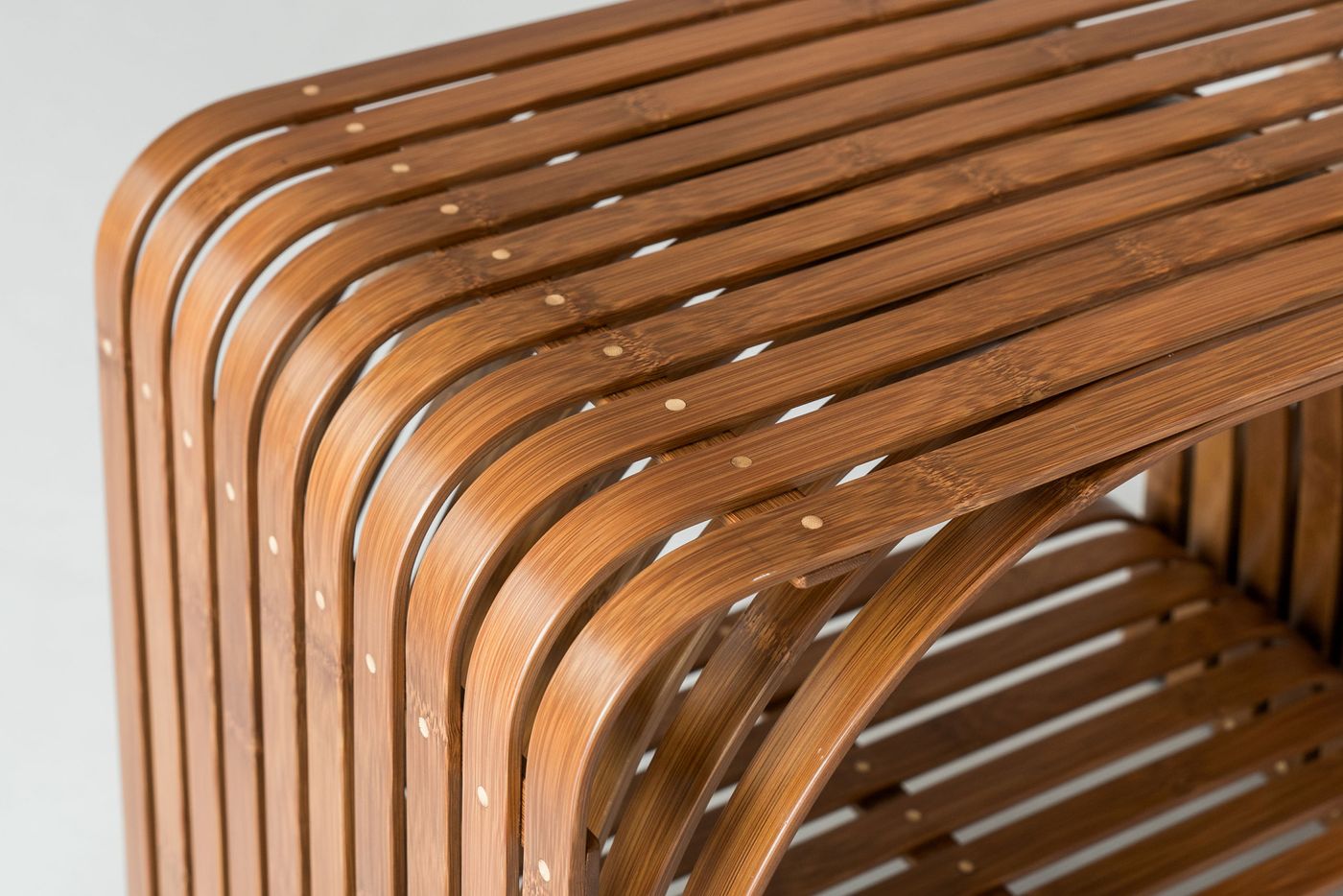
The Bridge Bamboo Bench (making of), designed by Sebastian Herkner (Germany). Craftsman : Wu, Ming-An (Taiwan). Photo by Maciej Korbas (Poland) / Courtesy NTCRI & Taiwan Designers Web.
The most symbolic of the project’s aspirations, the Bridge Bamboo Bench was inspired by the arched bridges German product designer Sebastian Herkner came across while crisscrossing the country. The 1.6 meter long, light-weight bench is made out of exceptionally long and slender bamboo pieces—an environmental friendly composite material that has been historically popular in furniture making in China and Taiwan—which Taiwanese artisan Ming-An Wu has manually bent using steam instead of the usual practice of lamination. This piece not only brings together the people who sit on it, but also metaphorically connects people and ideas across geographical and cultural divides through its supporting arched construction.
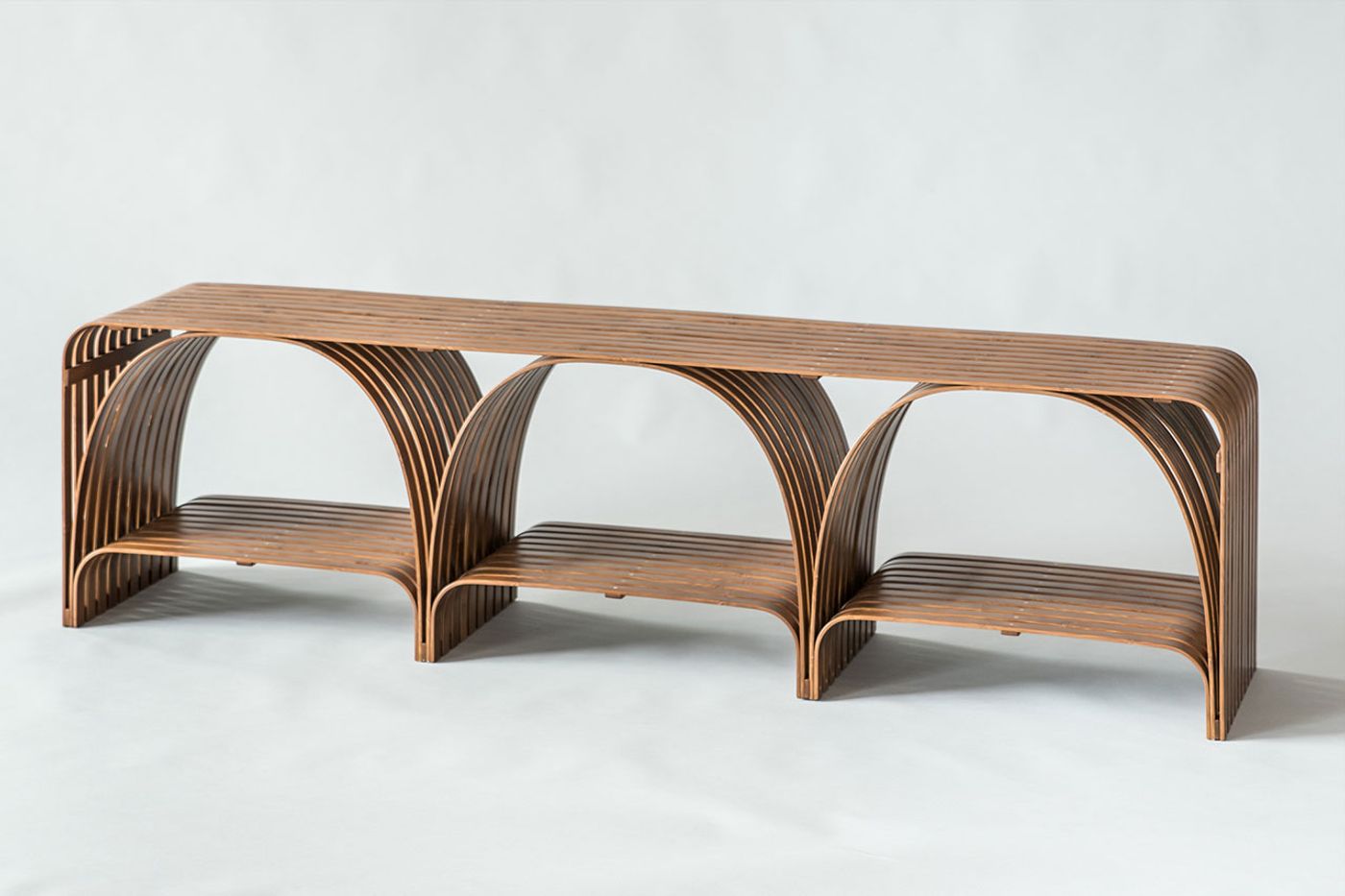
The Bridge Bamboo Bench (making of), designed by Sebastian Herkner (Germany). Craftsman : Wu, Ming-An (Taiwan). Photo by Maciej Korbas (Poland) / Courtesy NTCRI & Taiwan Designers Web.

The Bridge Bamboo Bench (making of), designed by Sebastian Herkner (Germany). Craftsman : Wu, Ming-An (Taiwan). Photo by Maciej Korbas (Poland) / Courtesy NTCRI & Taiwan Designers Web.
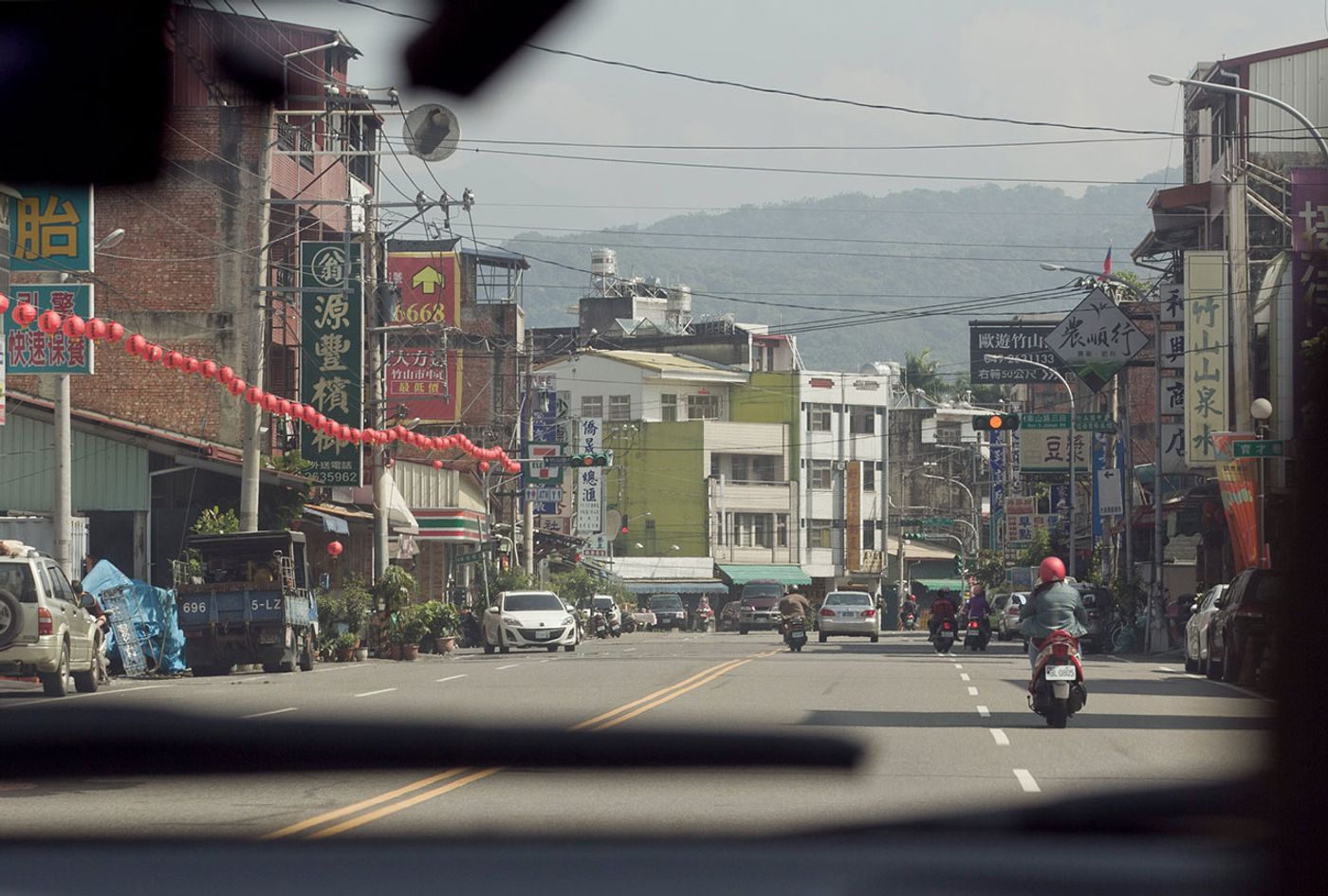
Photo by Maciej Korbas (Poland) / Courtesy NTCRI & Taiwan Designers Web.
Whereas Herkner found inspiration in the Taiwanese landscape, Swiss-French designer Julie Richoz was inspired by an ancient artefact she saw at the Taiwan National Palace Museum. The Neolithic Cong vase whose timelessness caught Richoz's eye is an ancient Chinese jade object in the shape of an elongated rectangular prism with a cylindrical inner section. The Cong Collection, Richoz’s interpretation of this archetypal vessel, is composed of three pieces, a high vase, a box and a tray, which are based on a playful union of a square and a circle. Rendered in shiny black lacquer and featuring sharp edges, which proved to be a challenge for Richoz’s Taiwanese partner, lacquer artisan Chin-Mei Huang, the three sleek tableware objects have a luxuriant sensibility and yet share the centuries-old, weathered vase’s mysterious and uncanny aura.
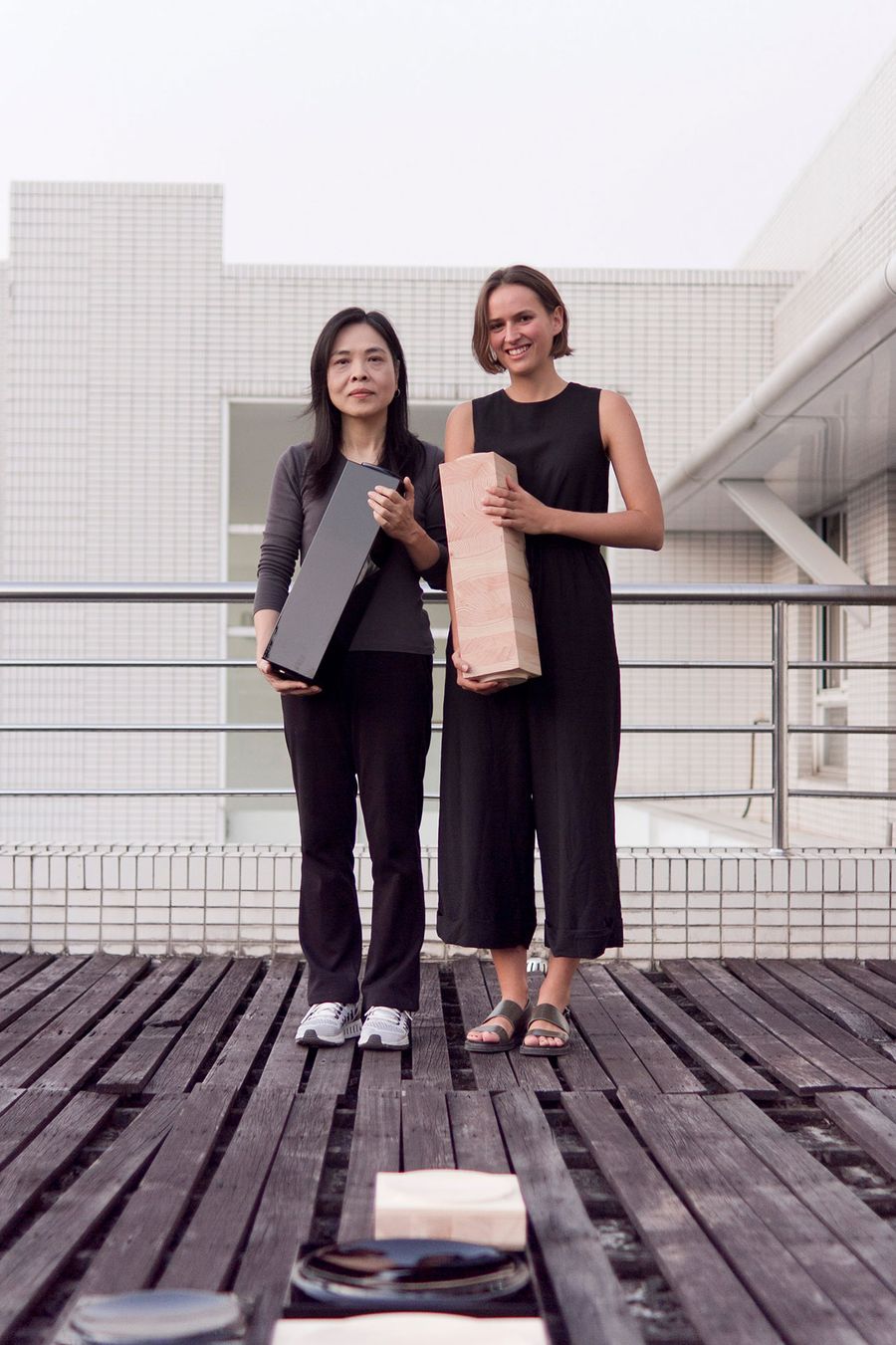
The Cong Collection, designed by Julie Richoz (Switzerland – France). Craftsman : Huang, Chin-Mei (Taiwan). Photo by Maciej Korbas (Poland) / Courtesy NTCRI & Taiwan Designers Web.
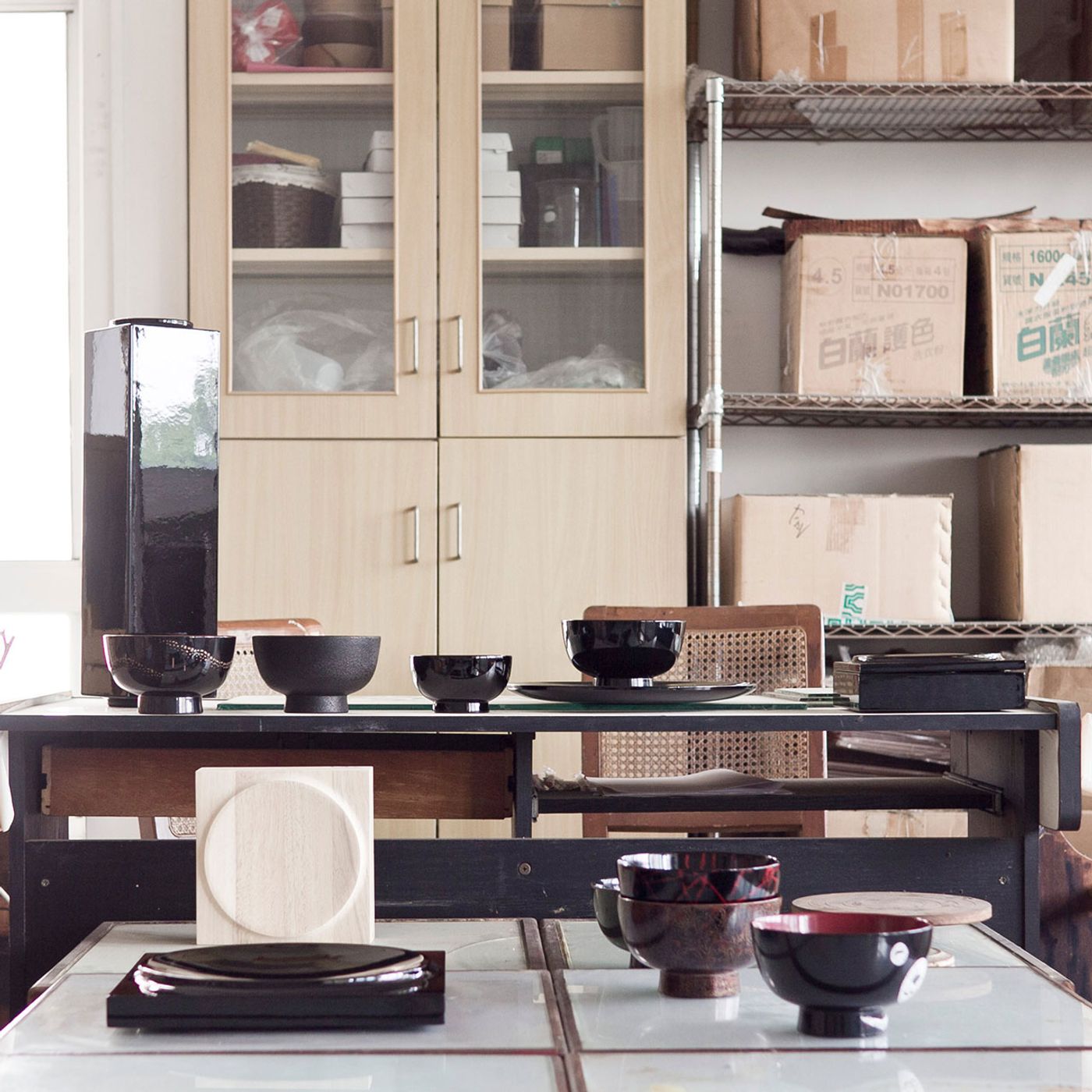
The Cong Collection, designed by Julie Richoz (Switzerland – France). Craftsman : Huang, Chin-Mei (Taiwan). Photo by Maciej Korbas (Poland) / Courtesy NTCRI & Taiwan Designers Web.
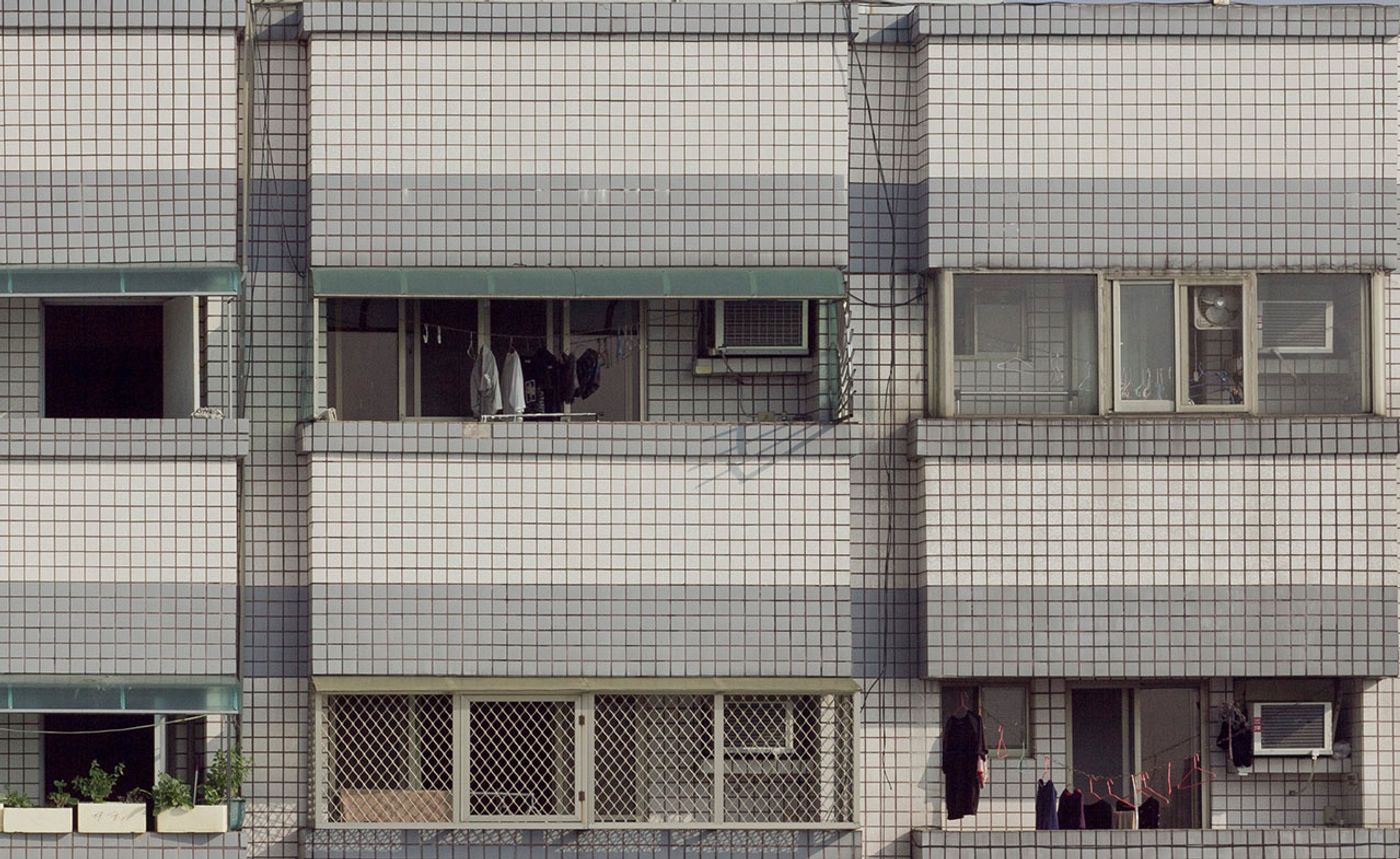
Photo by Maciej Korbas (Poland) / Courtesy NTCRI & Taiwan Designers Web.
The New Koji Collection, Swedish-Chilean designer Anton Alvarez’s take on Taiwan’s Koji pottery, known in Japan as Chiayi pottery, consists of four vases inspired by the mythical iconography of dragons, elephants, tigers and other fauna and flora ceramic figures that traditionally adorn Taiwanese temples. Working with clay together with local craftsmen Zhong-Zheng Chen and Chi-Li Hsiao, Alvarez has borrowed elements of this rich context, merging them together to create his deformed, sculptural vases which he finally spray-glazed to create objects of gleaming sumptuousness and evocative playfulness.
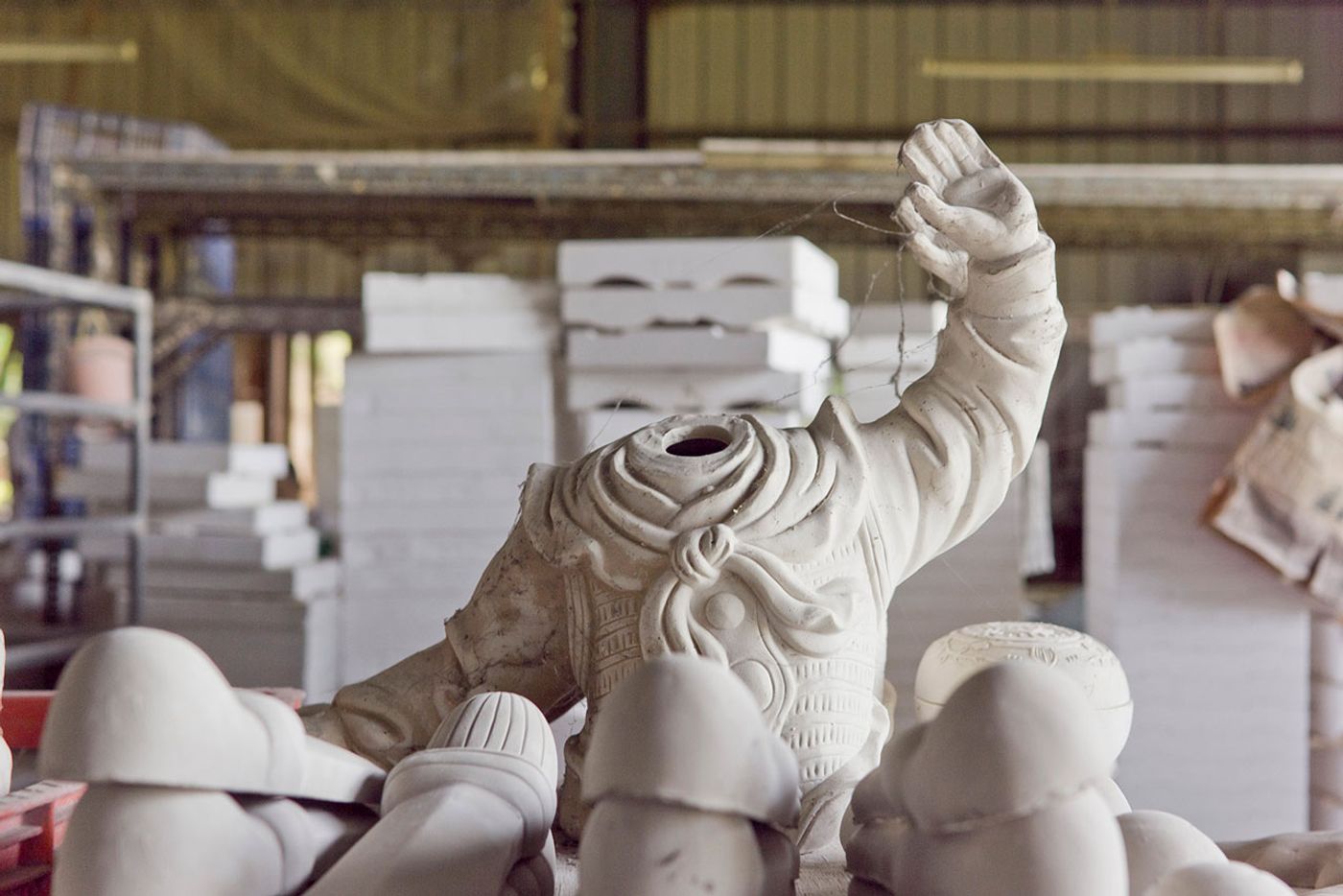
New Koji Pottery Collection (making of), designed by Anton Alvarez (Sweden-Chile). Craftsmen : Chen, Zhong-Zheng / Hsiao, Chi-Li (Taiwan). Photo by Maciej Korbas (Poland) / Courtesy NTCRI & Taiwan Designers Web.
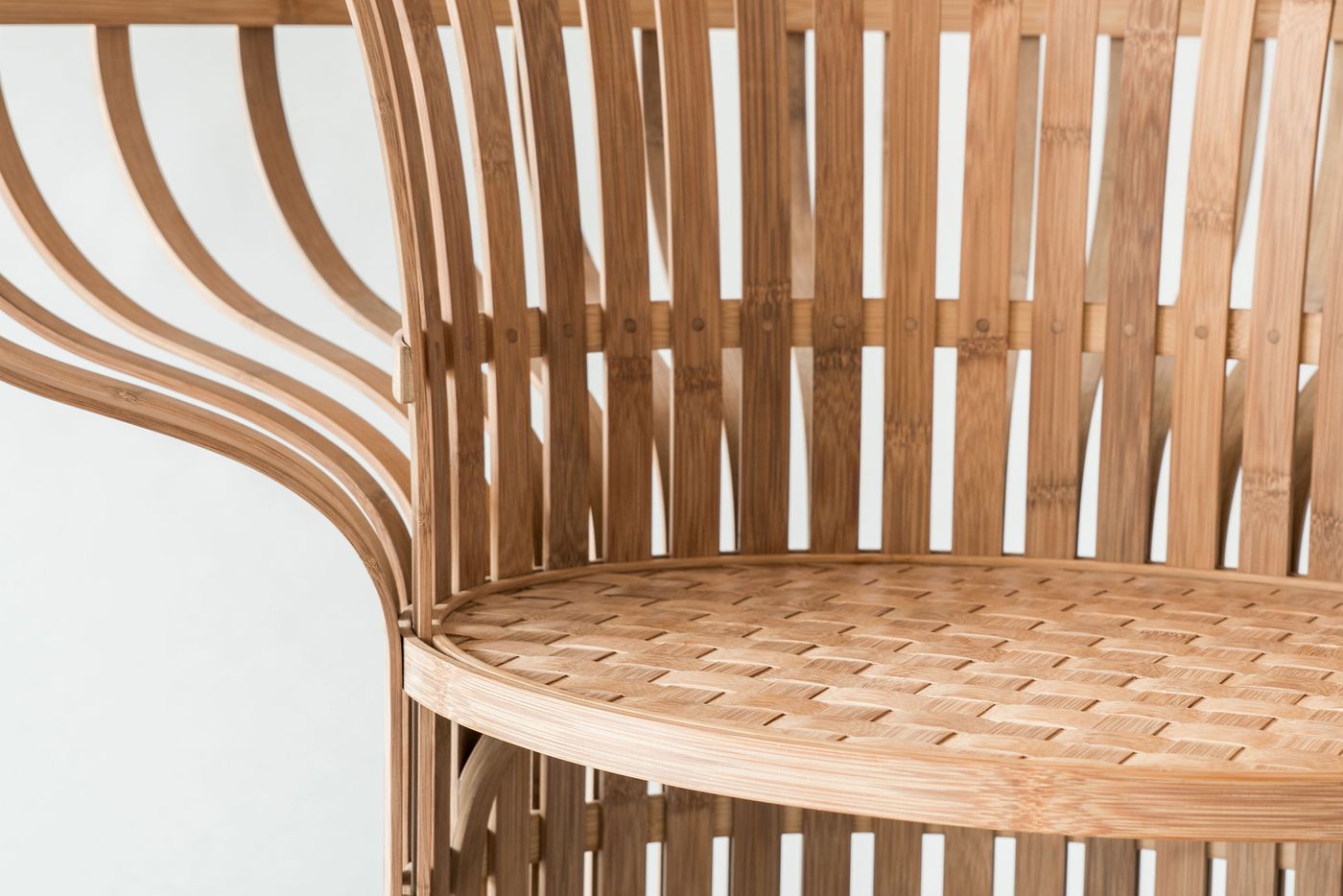
The Indigo-Dyed Bamboo Chair, designed by Jin Kuramoto (Japan). Craftsman : Lin, Jian Cheng (Taiwan), Tang, Wen-Chun (Taiwan). Photo by Maciej Korbas (Poland) / Courtesy NTCRI & Taiwan Designers Web.

The Indigo-Dyed Bamboo Chair, designed by Jin Kuramoto (Japan). Craftsmen : Lin, Jian Cheng (Taiwan), Tang, Wen-Chun (Taiwan). Photo by Maciej Korbas (Poland) / Courtesy NTCRI & Taiwan Designers Web.
Working also with bamboo, Japanese product designer Jin Kuramoto has developed, in collaboration with Taiwanese craftsmen Jian Cheng Lin and Wen-Chun Tang, the Indigo-Dyed Bamboo Chair. For this piece, slender bamboo pieces have been indigo-dyed, a technique widely used in Asia for centuries but normally applied to textiles, and then shaped through a manual bamboo bending process mainly occurring in Taiwan’s heartland, to create a curvaceous armchair which eschews decorative flourishes in favour of a modernist, Bauhaus-like sensibility of distinct volumes, clearly defined lines and design functionality.
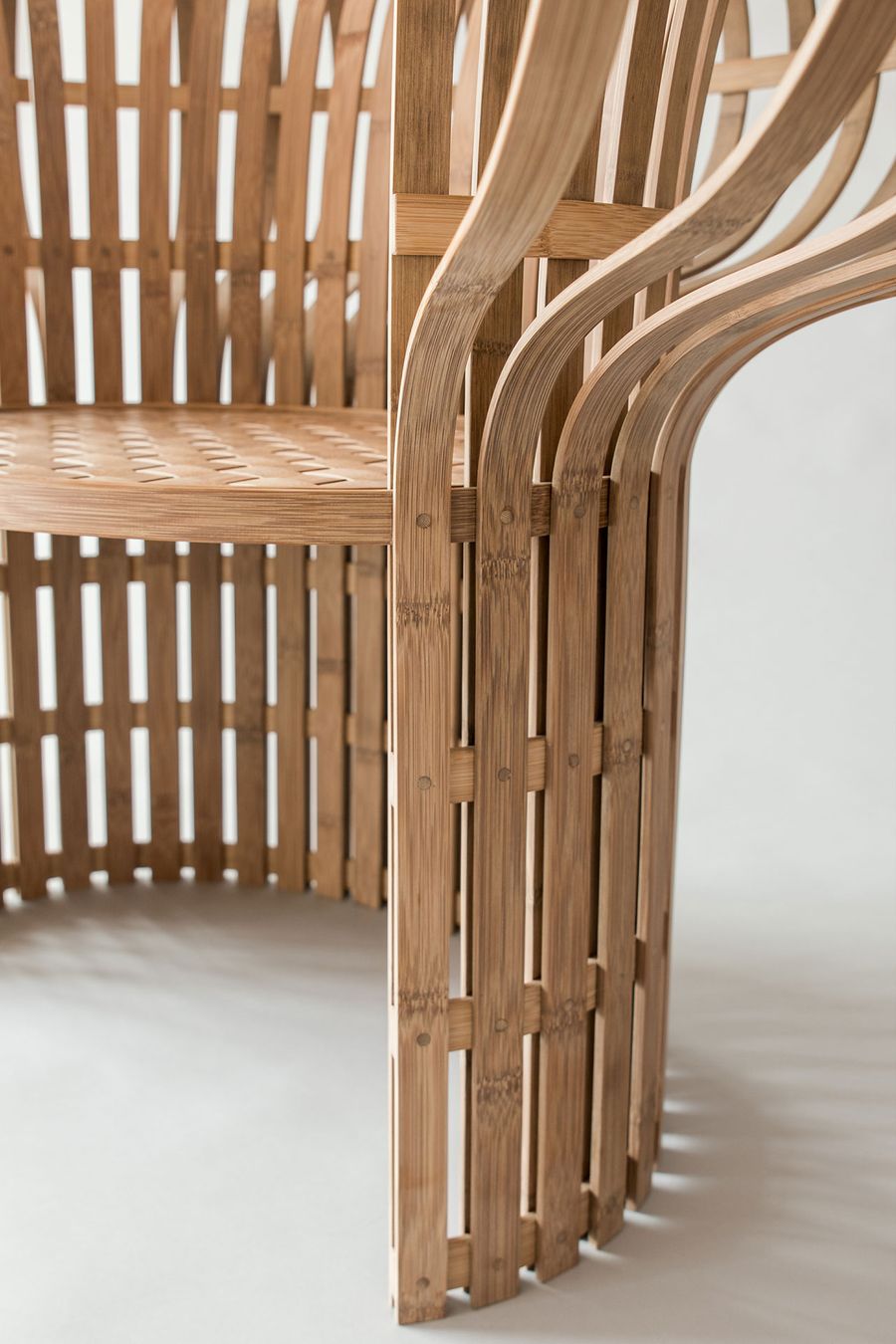
The Indigo-Dyed Bamboo Chair, designed by Jin Kuramoto (Japan). Craftsmen : Lin, Jian Cheng (Taiwan), Tang, Wen-Chun (Taiwan). Photo by Maciej Korbas (Poland) / Courtesy NTCRI & Taiwan Designers Web.
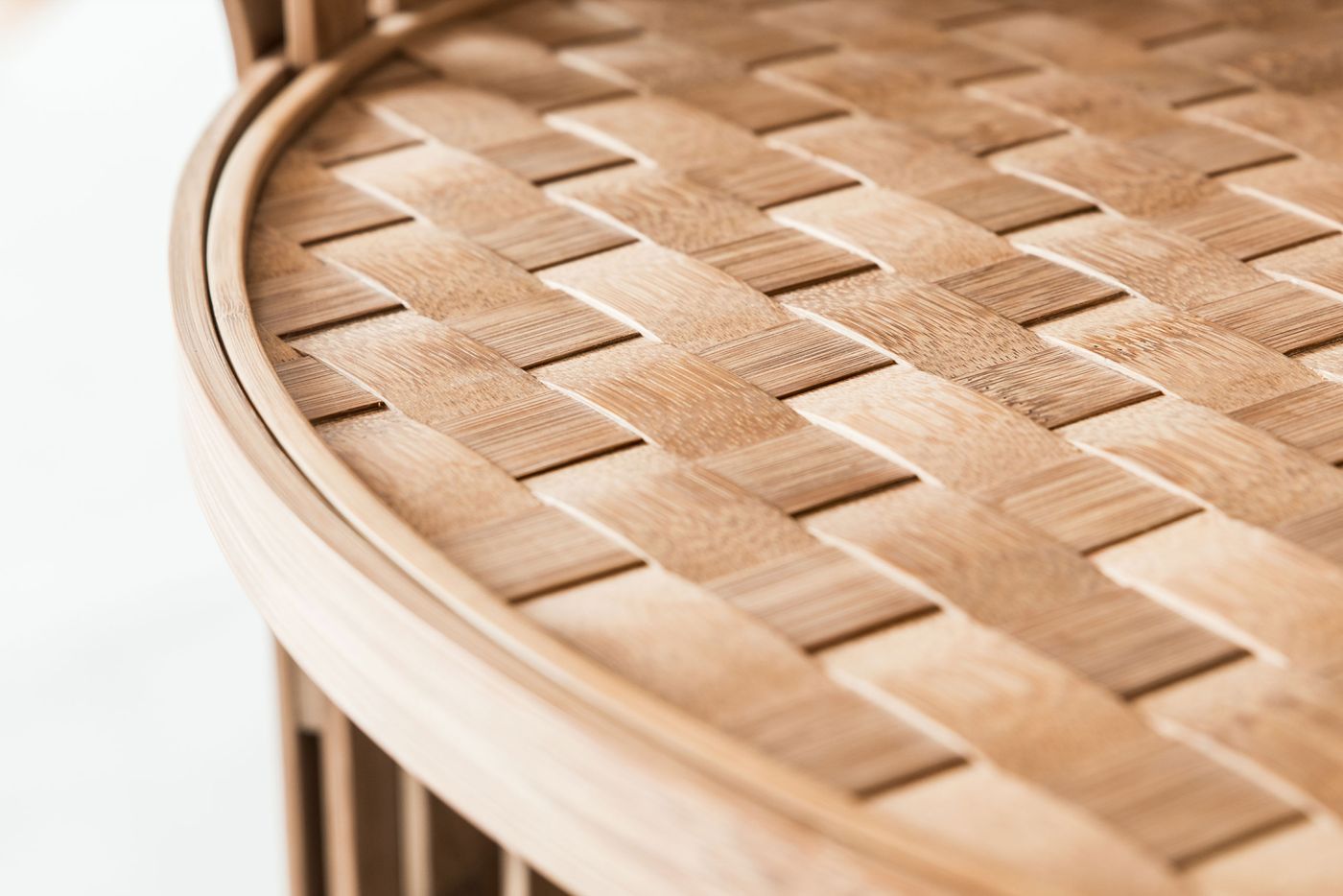
The Indigo-Dyed Bamboo Chair, designed by Jin Kuramoto (Japan). Craftsmen : Lin, Jian Cheng (Taiwan), Tang, Wen-Chun (Taiwan). Photo by Maciej Korbas (Poland) / Courtesy NTCRI & Taiwan Designers Web.

The Indigo-Dyed Bamboo Chair (making of), designed by Jin Kuramoto (Japan). Craftsmen : Lin, Jian Cheng (Taiwan), Tang, Wen-Chun (Taiwan). Photo by Maciej Korbas (Poland) / Courtesy NTCRI & Taiwan Designers Web.

The Indigo-Dyed Bamboo Chair (making of), designed by Jin Kuramoto (Japan). Craftsmen : Lin, Jian Cheng (Taiwan), Tang, Wen-Chun (Taiwan). Photo by Maciej Korbas (Poland) / Courtesy NTCRI & Taiwan Designers Web.

The Fruit Tower (making of), designed by BCXSY - Boaz Cohen & Sayaka Yamamoto (Israel/Netherlands–Japan). Craftsman : Zhong, Jian-Fu. Photo by Maciej Korbas (Poland) / Courtesy NTCRI & Taiwan Designers Web.
The series will also include a clay table by Korean designer Wonmin Park and local ceramicist Wen-Yi Kung, and Fruit Tower, a ceramic sculpture by Sayaka Yamamoto and Boaz Cohen from Amsterdam studio BCXSY and local craftsman Jian-Fu Zhong, beautifully rounding up this creative endeavour that not only pushes the boundaries of both craft and design in Taiwan, but also offers the public a chance to reap the rewards of these artistic synergies.

The Fruit Tower (making of), designed by BCXSY - Boaz Cohen & Sayaka Yamamoto (Israel/Netherlands–Japan). Craftsman : Zhong, Jian-Fu. Photo by Maciej Korbas (Poland) / Courtesy NTCRI & Taiwan Designers Web.
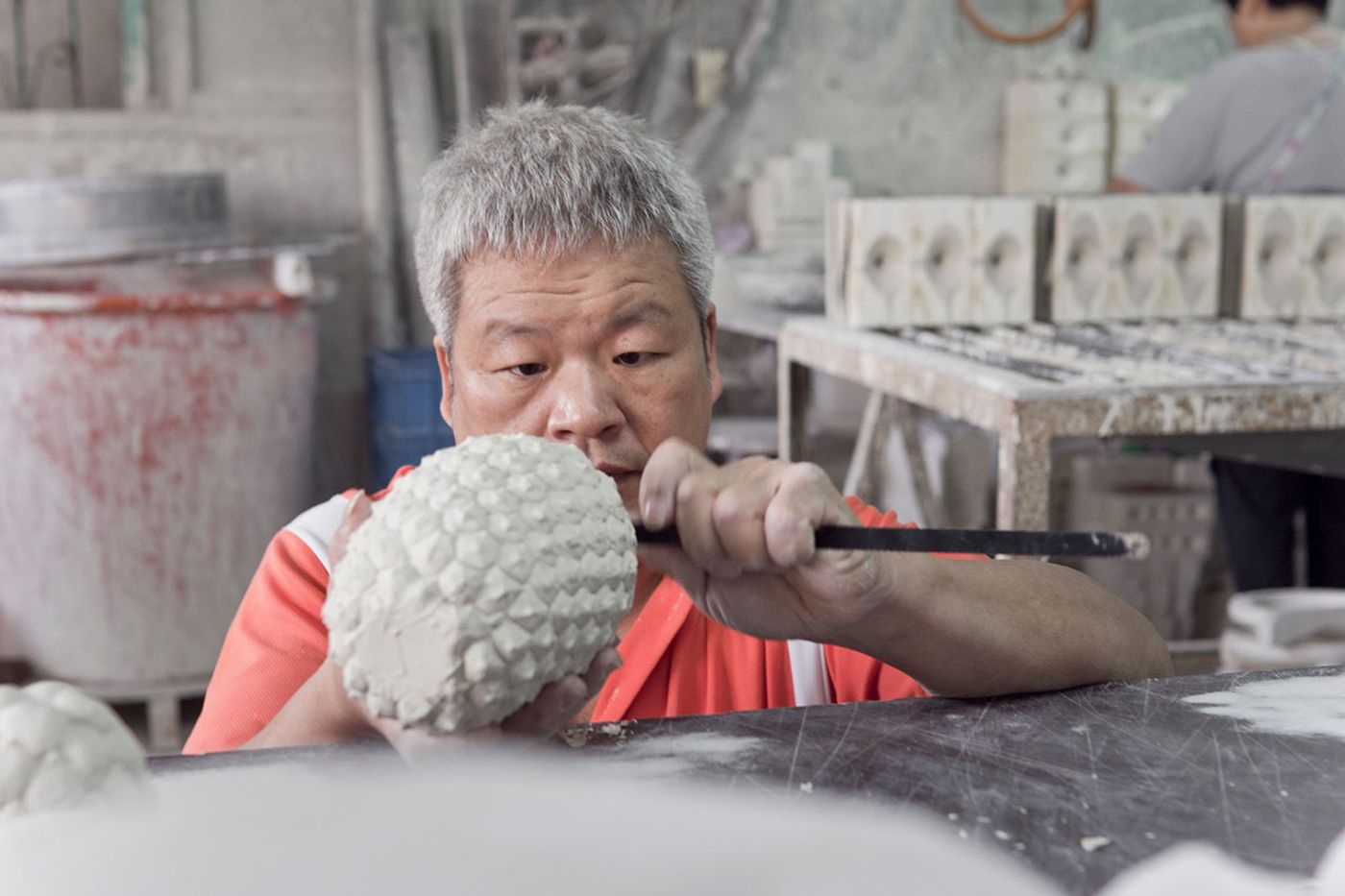
The Fruit Tower (making of), designed by BCXSY - Boaz Cohen & Sayaka Yamamoto (Israel/Netherlands–Japan). Craftsman : Zhong, Jian-Fu. Photo by Maciej Korbas (Poland) / Courtesy NTCRI & Taiwan Designers Web.

Photo by Maciej Korbas (Poland) / Courtesy NTCRI & Taiwan Designers Web.
